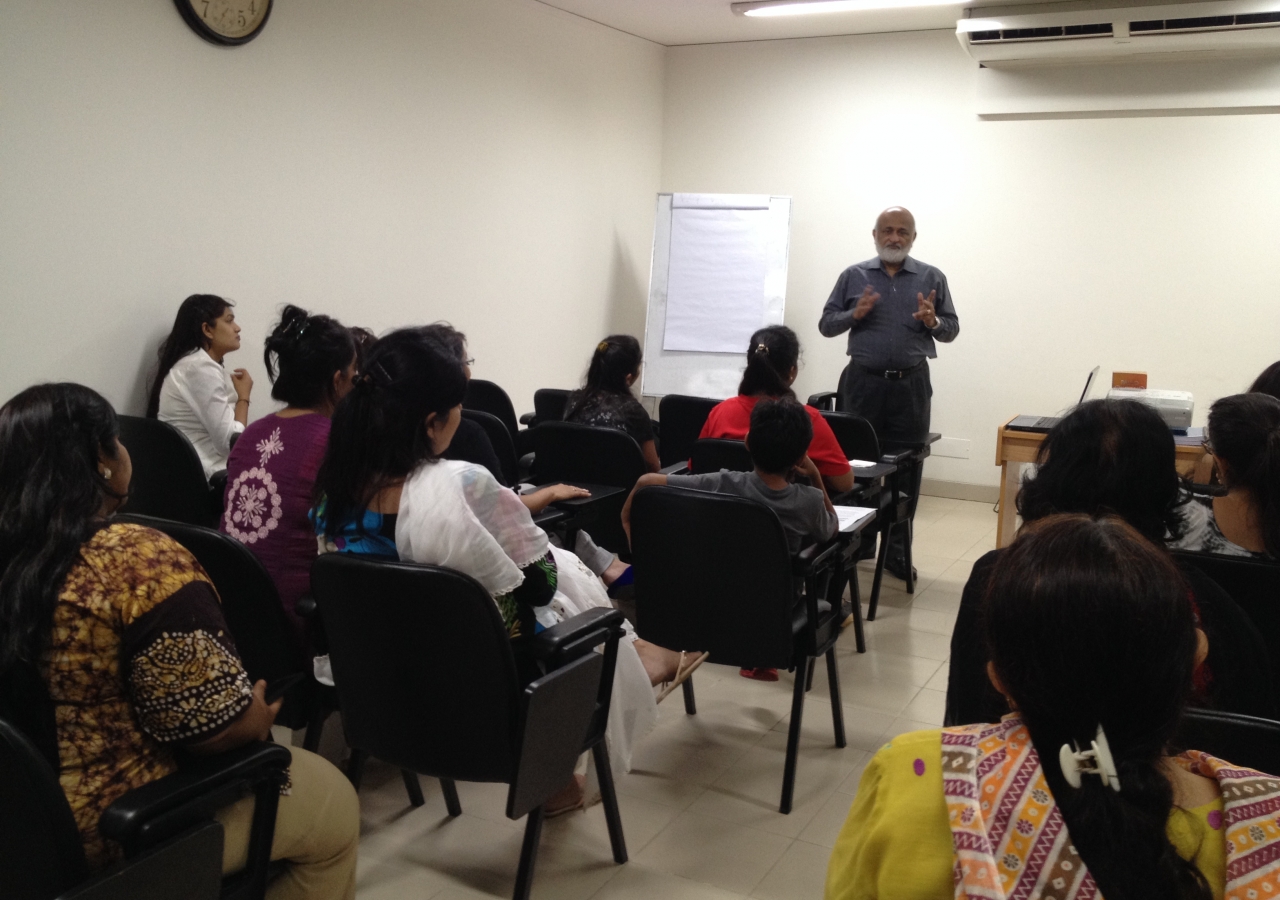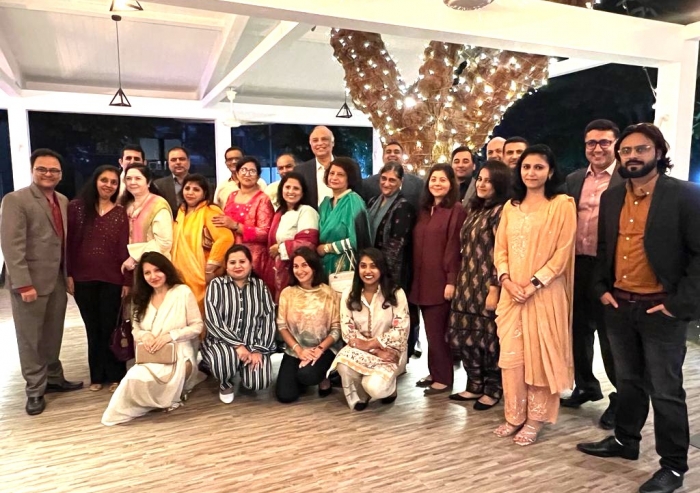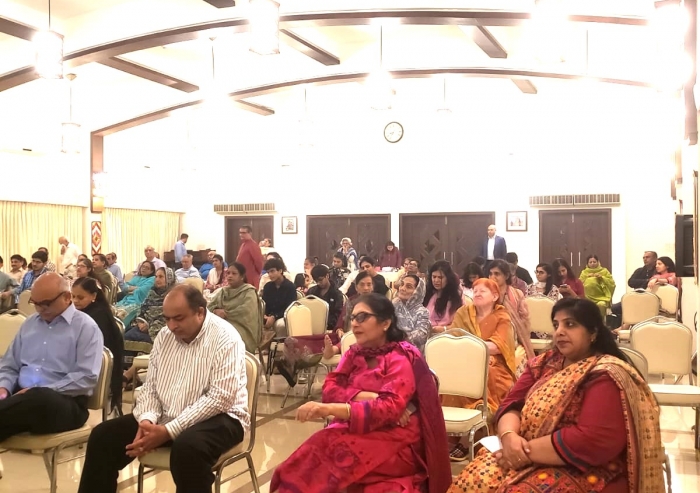During the camp, students had an opportunity to explore the first theme of the Diamond Jubilee: Celebrating the Grace of Jamatkhanas and Ismaili Centres in our Lives.
The day was filled with a variety of activities for all ages and classes around the first theme. Students learnt about the theme through videos, website research, different activities, games and coloring. The ECD group did some activities related to the theme and also took a tour of the Jamatkhana and Centre.
The second half of the camp day focused on a deeper engagement with the Ismaili Centres. Students in each grade level took on the challenge of learning about one of the Ismaili Centres around the world. Along with researching information on each Centre, they created life-like models to better understand their design and appreciate their architecture and beauty. In some classes, students also created charts and used videos to supplement their models.
The camp also included a segment on Bangladesh’s very own: Ismaili Jamatkhana and Centre (IJKC) for secondary students as well as teachers while the primary students did additional activities in three groups related to first theme. Dr. Amirali (Tour Coordinator and former ITREB Chair) shared his knowledge and expertise about the background and history of IJKC and explained to the audience, the intricacies in architecture and design that makes all the Ismaili Centres so unique, including facts about the geometric designs, attention to aesthetic details, and little-known particulars about the buildings themselves.
After a day of learning and building, students came back the following evening (on August 19, 2017) to share their work with the Jamat in the Social Hall of the IJKC. With over 130 Jamati members present, students were buzzing with nervousness and excitement as they set up their presentations. Each Ismaili Centre model had its own station and students crowded around, eager to show off their efforts and share with the Jamat all of the new and interesting things they learned about the different centres, its architecture and about the beauty of the Centres.
Each student had a part to play in the building and presenting of these models and presentations. The members of the jamat happily supported and encouraged the children as they spent the night articulating their learnings.
The Talim Camp was the start to a robust program of events on the theme of Jamatkhana and Ismaili Centres. The camp provided a platform for both the students and teachers of the REC and the larger jamat to come together and develop a deeper understanding and appreciation about the significance of Jamatkhanas and the Ismaili Centres. In addition, it gave an opportunity to understand about Mawlana Hazar Imam’s vision for the Ismaili Centres and their contributions to the community, countries and the societies in which they exist.









